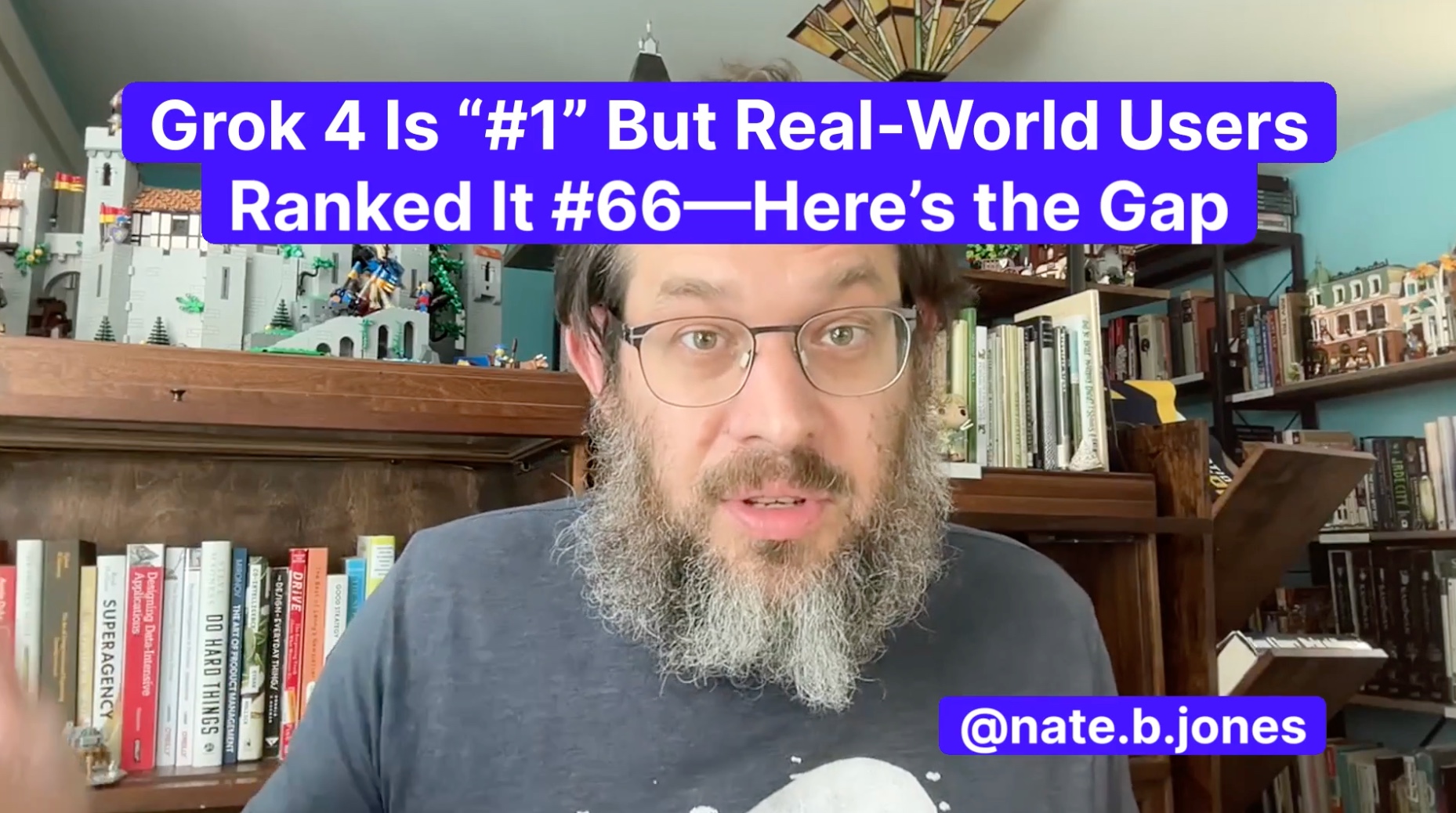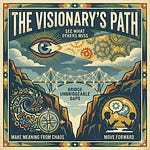Grok didn’t tell the truth to the world, again.
In a world overflowing with shiny AI models touting leaderboard scores and hyped benchmarks, this article matters because, frankly, real life isn’t a multiple-choice test. And neither Grok nor any other model should claim to be #1 on the basis of (effectively) gaming the system.
AI’s true measure isn’t how neatly it checks boxes on pre-set quizzes. That’s not a measure of intelligence. Quality comes down to how reliably it handles the messy, unpredictable, and downright annoying tasks that hit our desks every day.
Sure, Grok 4 crushed some flashy benchmarks, but when the rubber met the road in my tests this week Grok 4 stumbled hard. It had trouble debugging a critical Python bug correctly, pulling accurate insights from dense legal documents, or succinctly summarizing intricate research’. This isn’t just disappointing; it’s a stark reminder of Goodhart’s Law in action: the moment we set leaderboard dominance as the goal, we risk creating models that excel in trivial exercises and flounder when facing reality.
Why does this matter? Because overfitting isn’t some abstract flaw—it’s a silent business killer. A model that excels in staged tests but falls apart unpredictably under real-world pressure can lead to costly mistakes, broken workflows, and even ethical hazards. We’re talking about intelligence in the workplace, and that means real stakes, real consequences, real money.
My goal isn’t to just critique Grok 4. Instead, I want to push us past superficial PR-driven stories about AI. We need rigorous, transparent evaluation that holds these models accountable. Let’s stop being dazzled by token-count trophies and start demanding models that genuinely help us survive those chaotic Tuesday afternoons.
Ultimately, this conversation isn’t about benchmarks—it’s about trust. Trust that the AI we integrate into our workflows won’t just look good on paper but will perform consistently and reliably when it actually counts.
Trust is why I rigorously evaluated Grok against o3 and Opus 4. Read on for full test responses from each model, along with grading rubrics, assessment from around the internet on Grok 4, and my current production build stack (instead of Grok 4 lol). You may roll your eyes at wanting to read more about Grok, but you don’t want to miss o3 and Opus 4 head-to-head! (Plus, you get a tidbit on why the Grok issues go below the system prompt level, which is super interesting.)
Listen to this episode with a 7-day free trial
Subscribe to Nate’s Substack to listen to this post and get 7 days of free access to the full post archives.














